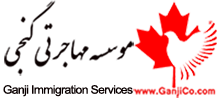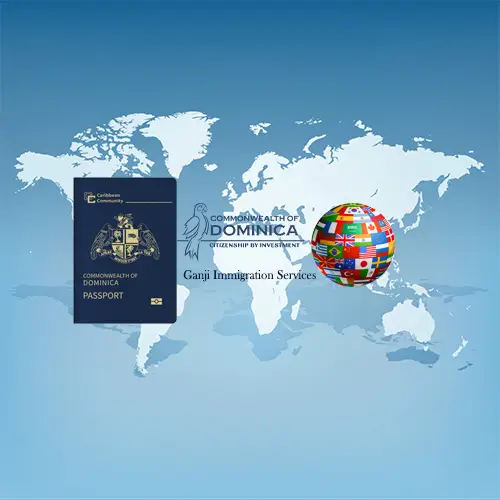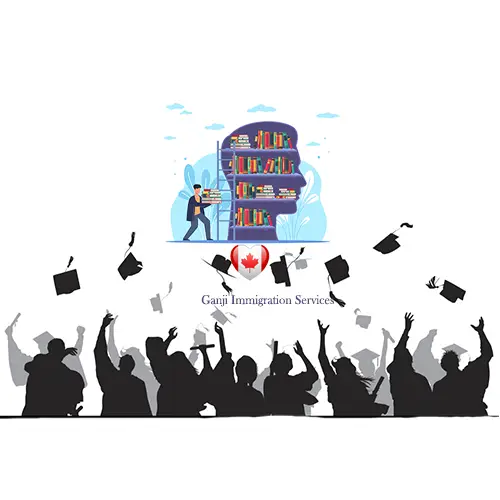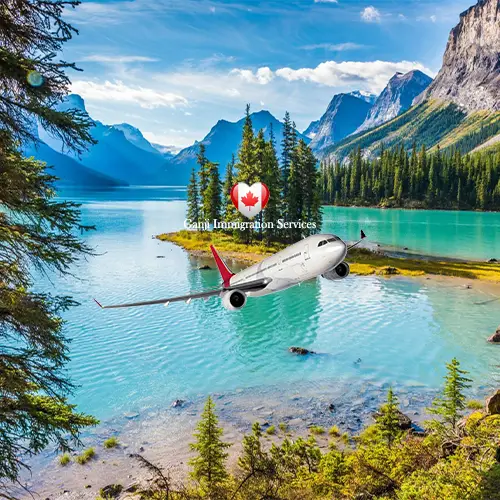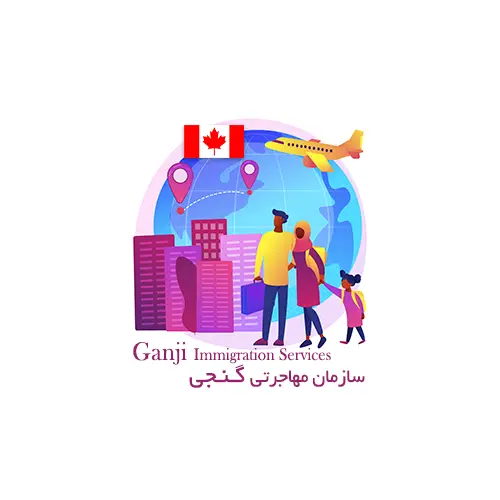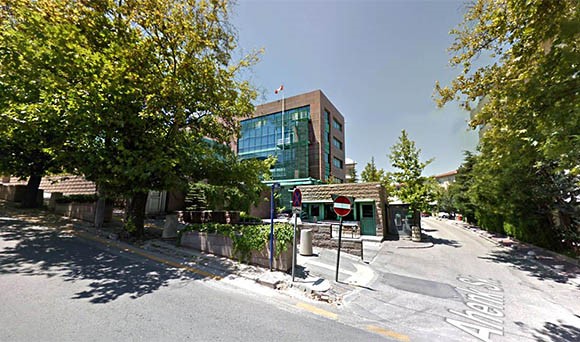
وبسایت و آدرس و شماره تلفن و شماره فکس دفتر ویزا آنکارا ترکیه
هموطنان ایرانی که قصد دریافت ویزای موقت کانادا شامل موارد زیر را دارند باید از طریق سفارت کانادا در آنکارا ترکیه اقدام نمایند، پرونده متقاضیانی که اقدام برای مهاجرت کانادا از طریق استارتاپ ویزا، سرمایه گذاری کبک، اکسپرس اینتری می کنند در ترکیه و کانادا همزمان بررسی خواهد شد.
- ویزای توریستی
- ویزای دانشجویی
- ویزای اسپانسرشیپ همسر
لذا اگر وکیل ندارید و در حال پیگیری امور کار خود هستید می توانید وبسایت و آدرس و شماره تلفن و شماره فکس دفتر ویزا آنکارا ترکیه را در زیر مشاهده کنید:
آدرس پستی بخش مهاجرت سفارت کانادا در ترکیه (آنکارا)
Embassy of Canada
Visa Section
Cinnah Caddesi no: 58
06690, Cankaya
Ankara, Türkiye
تلفن سفارت کانادا در ترکیه (آنکارا)
Tel.: +90 (312) 409 27 00
فکس سفارت کانادا در ترکیه (آنکارا)
Fax: +90 (312) 409 27 12
ساعات کاری سفارت کانادا در ترکیه (آنکارا)
دوشنبه تا پنج شنبه از ساعت 8:00 تا 12:00 - 12:30 تا 16:45
جمعه از ساعت 8:00 تا 12:30
ایمیل سفارت کانادا در ترکیه (آنکارا)
E-mail: ankra@international.gc.ca
Email: ankra-consular@international.gc.ca

آدرس پستی بخش مهاجرت سفارت کانادا در ترکیه (استانبول)
Embassy of Canada
Visa Section
Buyukdere Caddesi No: 209
Tekfen Tower, 4.Levent
Istanbul, Türkiye
تلفن سفارت کانادا در ترکیه (استانبول)
Tel.: +90 (212) 385 97 00
فکس سفارت کانادا در ترکیه (استانبول)
Fax: +90 (212) 357 10 00
ساعات کاری سفارت کانادا در ترکیه (استانبول)
دوشنبه تا پنج شنبه از ساعت 8:00 تا 12:00 - 12:30 تا 16:45
جمعه از ساعت 8:00 تا 12:30
ایمیل سفارت کانادا در ترکیه (آنکارا)
E-mail: istbl-consular@international.gc.ca
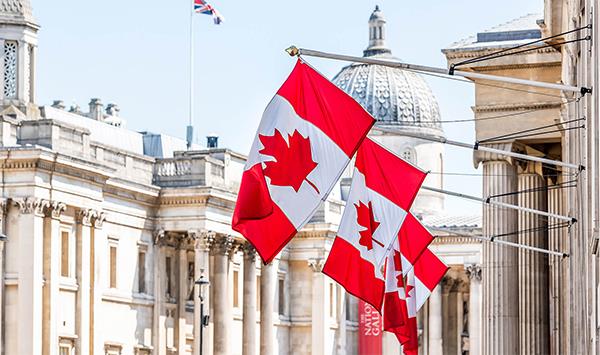
سفارت کانادا در روزهای زیر در سال 2022 تعطیل است:
| Date | Holiday |
|---|---|
| 2022-01-03 | New Year’s Day |
| 2022-04-18 | Easter Monday |
| 2022-05-02 | End of Ramadan Celebration Day 1 |
| 2022-05-03 | End of Ramadan Celebration Day 2 |
| 2022-07-11 | Feast of Sacrifice Day 3 |
| 2022-07-12 | Feast of Sacrifice Day 4 |
| 2022-08-30 | Victory day |
| 2022-09-05 | Labour Day |
| 2022-10-10 | Thanksgiving Day |
| 2022-10-31 | Republic Day (in lieu of 29th) |
| 2022-11-11 | Remembrance Day |
| 2022-12-26 | Christmas Day (in lieu of 25th) |
| 2022-12-27 | Boxing Day (in lieu of 26th) |
ارسال ایمیل به بخش ویزای سفارت کانادا
لطفا توجه داشته باشید :
- بخش ویزای سفارت کانادا یکی از دفاتر پرکار امور ویزا است. این مرکز روزانه صدها ایمیل دریافت می نماید. با وجود اینکه تمامی این ایمیل ها بازبینی و مطالعه می شود، فرصت اطلاع دریافت ایمیل ها به فرستنده و یا جوابگویی به همه آنها برای این بخش وجود ندارد. با توجه به محدودیت امکانات و نیروها، سازماندهی و سعی عمده ما در جهتی است که بتوانیم بیشترین تعداد پرونده را در سریعترین مدت و به کارآمدترین شکل بررسی کرده و به نتیجه برسانیم.
-توجه داشته باشید که بعنوان مثال به سوالاتی در خصوص چگونگی پر کردن قسمت های خاصی از فرم درخواست ویزا و یا چگونگی تقاضای ویزای مهاجرت، توریستی و یا دانشجویی جواب داده نخواهد شد. وبسایت سفارت کانادا در ترکیه و یا وبسایت مهاجرت و شهروندی کانادا در www.cic.gc.ca می تواند جوابگوی سوالات مختلف وضروری شما باشد. لطفا قبل از ارسال ایمیل به سفارت کانادا، وب سایت ها ی مذکور را بدقت مطالعه نمایید.
- در صورت نیاز به راهنمایی در رابطه با شرایط خاص خود، می توانید از خدمات مراکز موثق و ثبت شده مشاوره و یا وکلای مهاجرت بهره مند شوید. چگونگی انجام این کار و آگاهی از مراحل آن در آدرس زیر شرح داده شده استhttp://www.cic.gc.ca/english/information/representative/rep-who.asp.
سایت رسمی سفارت کانادا در استانبول
- در صورتیکه ایمیل ارسالی شما حاوی اطلاعات لازم برای بررسی پرونده خاصی که قبلا به این مرکز ارسال شده می باشد، اطمینان داشته باشید که این ایمیل به دست تیمی که مسئول بررسی پرونده است خواهد رسید. با وجود این، امکان ارسال ایمیل تایید دریافت میل شما برای این مرکز وجود ندارد.
- در صورتی که در ایمیل خود درخصوص وضعیت پرونده و اینکه در چه مرحله ای قرار دارد سوال کنید و مدت بررسی پرونده از تاریخ معمول بررسی پرونده ها نگذشته باشد، به این ایمیل پاسخ داده نخواهد شد. اطلاعات لازم در خصوص مدت زمان کلی بررسی پرونده ها در سایت دولت کانادا یا از طریق وکیل تان قابل دسترسی است. بخش ویزای سفارتت کانادا به سوالات مربوط به وضعیت ومرحله پرونده ها پاسخ نخواهد داد اما در صورت نیاز به اطلاعات یا مدارک بیشتر، با شما تماس گرفته خواهد شد.
- در صورتیکه سوالی در رابطه با پرونده در حال بررسی داشته باشید لطفا نام، تاریخ تولد و شماره پرونده خود را در قسمت موضوع یا سابجکت لاین ایمیل بنویسید.
- ایمیل های ارسالی بایستی به زبان انگلیسی و یا فرانسوی باشد.

